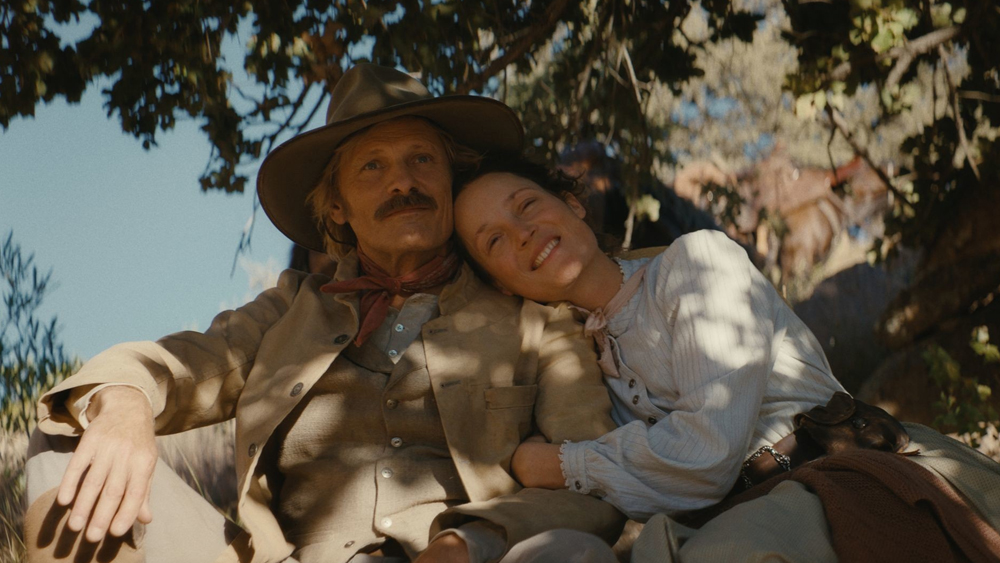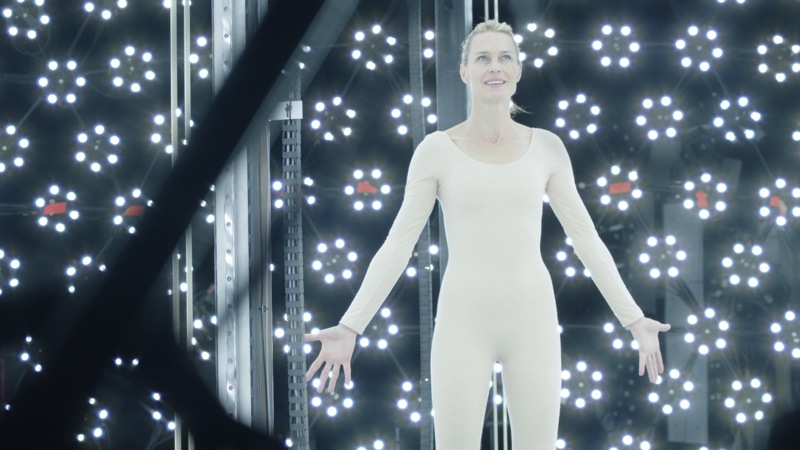The Crow
by George Wolf
The Crow may not be over when the phat lady sings, but the film’s truly galvanizing moments are here and gone, leaving the rebooted super anti-hero story to return to its largely generic nature.
Director Rupert Sanders and a writing team that includes James O’Barr (from the 1994 original) keep the basic narrative intact. After the troubled Eric (Bill Skarsgård)and his equally troubled love Shelly (FKA twigs) are brutally murdered by henchman of the centuries-old Mr. Roag (Danny Huston), Eric travels through the worlds of the living and the dead on a bloody quest for revenge and possible salvation.
Though Sanders (Snow White and the Huntsman, Ghost in the Shell) gives more attention to the origins of the love story, the “soul mate” declarations still feel rushed and unearned. The entire narrative embraces more of a nihilistic tone, with just one moment of the angsty self-awareness that buoyed the first film.
The camerawork is often nimble and expressive, but Sanders and cinematographer Steve Annis (Color Out of Space) move away from crafting any unique, comic-inspired landscapes. Instead, the colliding worlds come to resemble a very dark, long-abandoned section of any major midwestern metropolis.
But, man, when we crash that opera, The Crow lands on its feet and kicks ass, as Eric takes on a barrage of goons and gunfire with a stunning, visceral brutality. Well-staged and perfectly flanked by the performance onstage, the extended sequence benefits from impressive choreography and effects work, giving the film its only truly memorable moments.
The rest of The Crow has a difficult time measuring up.





